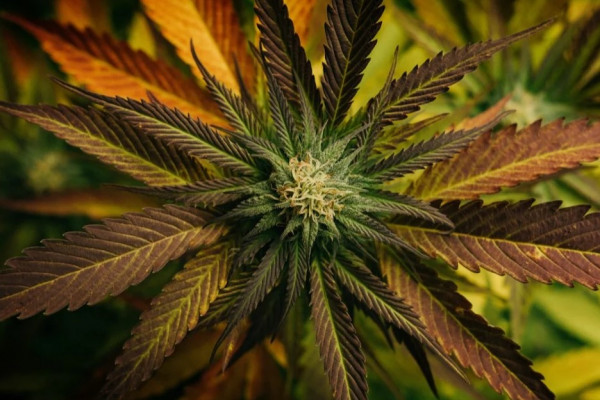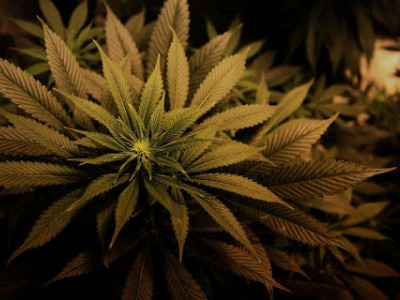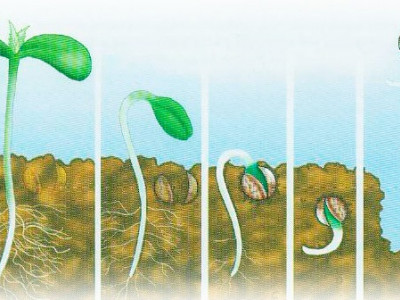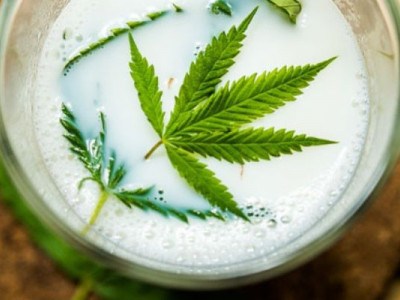0.00 грн.
CheckoutWhat will be made of hemp in 2025?

Hemp, which until recently was associated only with certain subcultures, has now returned to the status of a versatile and useful plant. In 2025, these plants are used in many areas, from the food industry to medicine, and this trend is only gaining momentum. Thanks to modern technologies and innovations, hemp has become a true symbol of environmental friendliness and versatility.
1. Fabrics and ropes - from tradition to modernity
One of the oldest ways to use hemp is to produce fabrics and ropes. This material has amazing strength, durability, and environmental friendliness. In 2025, hemp fabrics got a new lease of life as they became an integral part of eco-friendly fashion. Today, they are used not only for casual wear, but also for shoes, accessories, and even furniture upholstery.
Hemp ropes have been known for their strength since ancient times. In the modern world, they are used in construction, transportation, and even in the manufacture of designer products. In addition, industrial hemp, specially bred for industrial needs, is becoming the basis for creating innovative materials.
2. Hemp is the superfood of our time
In 2025, food hemp became a real trend among connoisseurs of a healthy lifestyle. The seeds of this plant contain many nutrients: proteins, omega-3, omega-6, and omega-9 fatty acids, vitamins, and minerals.
Hemp seeds are used to produce oil, which has become popular due to its beneficial properties. It is used both in cooking and in cosmetics. The seeds are also used to make flour, which is used to bake bread, cookies, or pasta. All this makes hemp an indispensable product in the diet of those who care about their health.
3. Cosmetics and soap: natural skin care
Modern cosmetology has also paid attention to hemp. Cosmetics and soaps based on hemp seed oil or extracts have become popular due to their naturalness and effectiveness.
In 2025, such products will occupy an important place on the shelves of eco-stores. Hemp soap is ideal for sensitive skin because it does not cause allergies and has antibacterial properties. And creams and lotions based on hemp oil nourish and moisturize the skin, helping to keep it young and healthy.
4. Medicines: new treatment horizons
In 2025, hemp will play an important role in medicine. Thanks to the research of scientists, this plant is used to make drugs that help treat a wide range of diseases. Cannabis-based medicines are effective for pain relief, reducing inflammation, treating epilepsy, and even fighting cancer.
Hemp extracts are used to create pills, oils, gels, and sprays. These products have already proven to be a safe and natural way of treatment. The effect of cannabidiol (CBD), which is the basis of many medicines and has no psychotropic effect, is worth noting.
5. Industrial hemp: innovations in production
In 2025, industrial hemp became an important component of many industries. It is used to make paper, bioplastics, building materials, and even fuel. This approach reduces the environmental impact, as hemp is a rapidly renewable resource.
For example, hemp concrete, known as hempcrete, is actively used in construction due to its thermal insulation properties. It is a lightweight, environmentally friendly and durable material that helps reduce energy consumption for heating buildings.
6. Hemp leaf: more than you think
Not only hemp seeds and fibers are useful. The hemp leaf also finds its application. It is used in herbal medicine, added to teas or tinctures, as it contains a large amount of antioxidants and vitamins.
Extracts from cannabis leaves are also used in cosmetics, as they have a soothing and moisturizing effect. Hemp leaf is becoming a popular ingredient in hair and skin care products.
To summarize
In 2025, hemp has become a real universal resource that is used in various industries, from medicine and cosmetology to construction and food. Its environmental friendliness, versatility, and usefulness make this plant indispensable in the modern world. This material symbolizes a new approach to responsible consumption and sustainable development.


